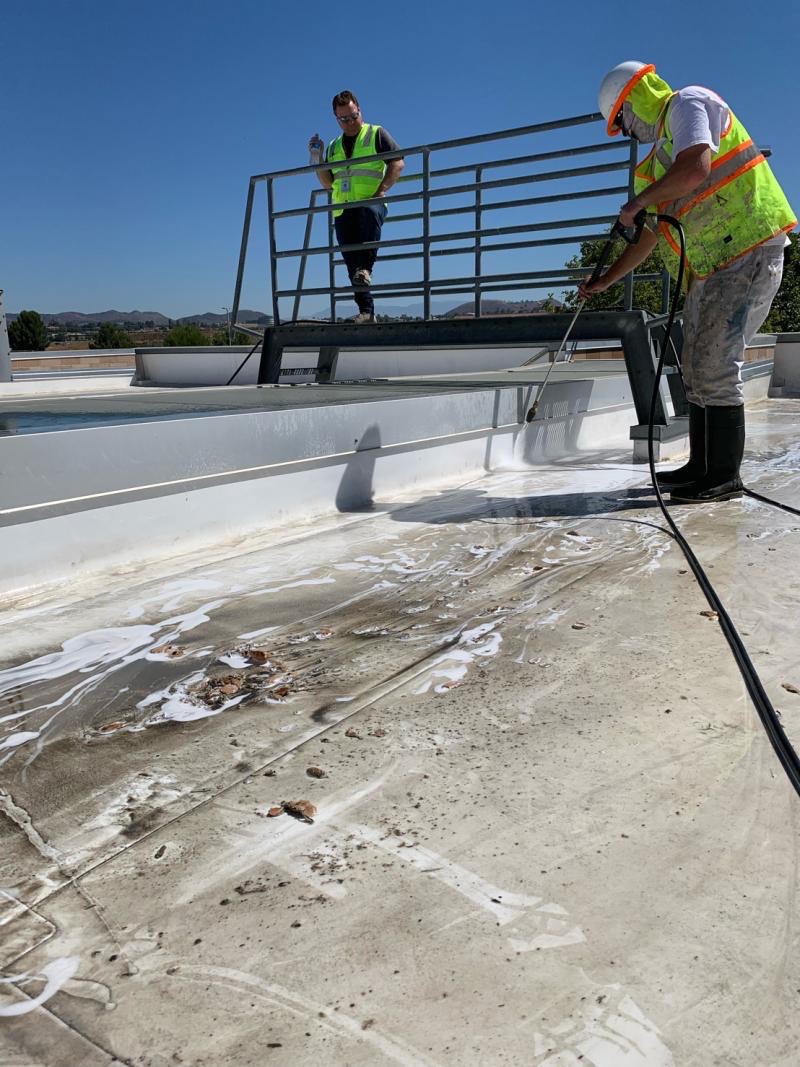
Many benefits can be gained by working in the refrigeration, heating, and cooling industry. You can choose to be an installer, technician or salesperson, or even a manager. The industry is also growing at a faster rate than the average. This is great news to anyone who wants to work in this field.
HVAC technicians are responsible at maintaining, repairing, installing, and maintaining heating and air conditioning systems in residential and commercial buildings. A variety of tools are used in their work, including pressure gauges and manometers. They may also be needed to provide emergency services. It can be very stressful for workers, who are frequently exposed to shocks and muscle strains. This will lead to a greater demand for mechanics.
HVAC offers many vocational and high school courses. These courses include math, physics, electronics and chemistry. These subjects will help students prepare for their HVAC education. These subjects are offered by many junior colleges. An apprenticeship is available for those who wish to become an HVAC technician. An apprentice, also known as a trainee mechanic, is typically paid at lower rates than a fully qualified technician.

HVAC technicians may specialize in one area of the industry. An electrician, for example, installs cooling and heating components. Heating and cooling mechanics can also be called furnace installers or oil burner mechanics. Most technicians need to have at least five years experience before they can be considered certified.
HVAC is expected grow at a rate that is faster than the average growth for all occupations. This growth is due to several factors. There are now more regulations regarding energy efficiency and retrofits. Incentives are also offered for the installation of more efficient units. It has led to a rise in the number of people who can install new equipment as well as maintain older units.
These factors will result in a rapid growth of the sector's jobs over the next ten year. The HVAC industry is projected to create almost 50,000 additional jobs in the next ten year. It is a promising area for those who want a job with high salaries and career advancement.
Installers and technicians in heating, air conditioning, and refrigeration are expected to find work across the country. New York State, for example, has more jobs than ever. The Bureau of Labor Statistics (BLS), for 2026, projects that there will be 381,700 new jobs. This is due to continued construction of non-residential and residential buildings. Installers and mechanics may find work on repair shops or construction sites.

To assess basic competency, the HVAC industry has created a series exams. Some tests require that you have a basic knowledge of equipment. Others require that you have a solid understanding of electrical codes. You may need to take several of these exams depending on where you live to be competent in your field.
FAQ
What is a Service Agreement Template?
A service contract template is a document that includes all details regarding a service agreement. You can use a service agreement templates to create a standard type of agreement.
Service agreements are essential because they establish the relationship between parties.
They aid in understanding the needs and expectations of both parties. They make sure that both parties understand what they are signing before they sign off on a deal.
What is a service-contract agreement?
A Service Contract Agreement is an agreement between two or more parties to provide services. The SCA details the services being provided, the time and effort they should be used, who should pay for them, when they will start, and how much. The agreement also specifies what happens to the other party if they breach their obligations.
Who has to pay for the service?
Your SCA defines who is responsible for paying for the service. You may be able to file a claim for compensation against the court if the service provider fails to pay in full.
Do you have any other suggestions?
Yes. Check your local laws to see what types of projects are allowed and what conditions must be met. You might need approval from the council in order to build in certain states. Others say you just need to inform them of your plans. Check with your local authorities to see where they stand on the issue.
Do I have to sign anything prior to starting work?
Yes, your SCA must be signed by both parties. This means neither party can change their mind later without the other party's consent.
When do I have to pay for the service/contractor?
The type of service is dependent on how much you pay. For example, if you hire a contractor to install a new roof, you would typically make payments as soon as the work was completed. If you purchase a product, such a cooker for your kitchen, from a supplier you might only make payments after it has been tested and received.
Is there a way to prepare for negotiation before hand?
Yes!
There are many different ways you can prepare yourself to negotiate.
One method is to simply write down the terms and conditions.
Statistics
- (3) The contracting officer may provide for a contract price adjustment based solely on a percentage rate determined by the contracting officer using a published economic indicator incorporated into the solicitation and resulting contract. (acquisition.gov)
- (v) Place or places of performance of the prime contract and first-tier subcontracts estimated at $10 million or more, if known. (acquisition.gov)
- (1) Except as provided in paragraphs (a)(4) and (a)(8) of this section, if the estimated amount of the contract or subcontract is $10 million or more, the contracting officer shall request clearance from the appropriate OFCCP regional office before- (acquisition.gov)
- While we offer all our high-quality services at competitive prices, we know that many who need our services are on fixed incomes, so we offer a 10 percent discount for seniors and military members. (homeservicecontractorsinc.com)
- (ii) Name, address, and telephone number of each proposed first-tier subcontractor with a proposed subcontract estimated at $10 million or more. (acquisition.gov)
External Links
How To
What is the distinction between a contract and a Service Agreement?
A service agreement is an offer by which a provider agrees to provide services for a customer. It creates an obligation between the parties. The term "service" is used to describe a company's products and advice. Financial services are not included.
A contract is a legal binding document that sets out the terms and condition of a business relationship. If you buy a product directly from a retailer, you've entered into a contractual agreement. You have the right to make payment for the item in due time. When you accept employment, you are entering into a contract.
A service agreement does not require any formal documentation. A written service agreement is rarely used in practice. Verbal agreements are the norm.
However, a service contract has many benefits over a contractual agreement:
-
A service contract is more flexible that a contract.
-
This allows a service provider the freedom to change its mind at any time without penalty.
-
This gives the service more flexibility when it comes to delivering the service.
-
It provides a clear record of what was promised.
-
It's easier to go after a service provider.
-
It is cheaper to draft a service agreement than a contract.
-
It is less likely to result in litigation.
-
It is much easier to terminate a service contract than a contractual agreement.
-
Modifying a service agreement is much easier than changing a contract.
-
A service agreement can be used to establish an ongoing relationship.
-
It is possible that you share the costs of drafting a Service Agreement with a Third Party.
-
If you are drafting a Service Agreement, it is possible for you to include a clause that requires arbitration.
-
It is possible to include provisions concerning confidentiality, nondisclosure, and proprietary rights.
-
You can specify the duration of the contract (e.g. one year).
-
It is possible for the service agreement to be subject to a certain condition precedent.
-
It is possible for a service provider to be held liable for only negligence, gross negligence, and/or fraud.
-
It is possible for you to limit your liability for consequential damage.
-
It is possible for the service provider and customer to enter into an additional agreement.
-
You can give notice of termination in certain circumstances.
-
It is possible for the service provider to offer a warranty.